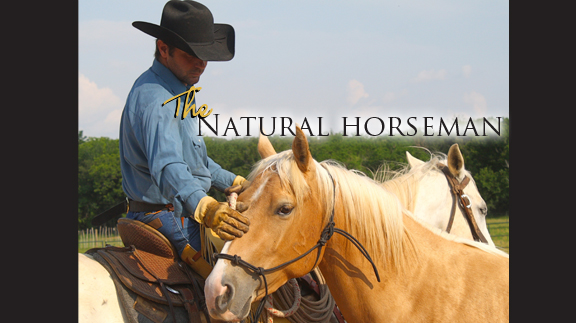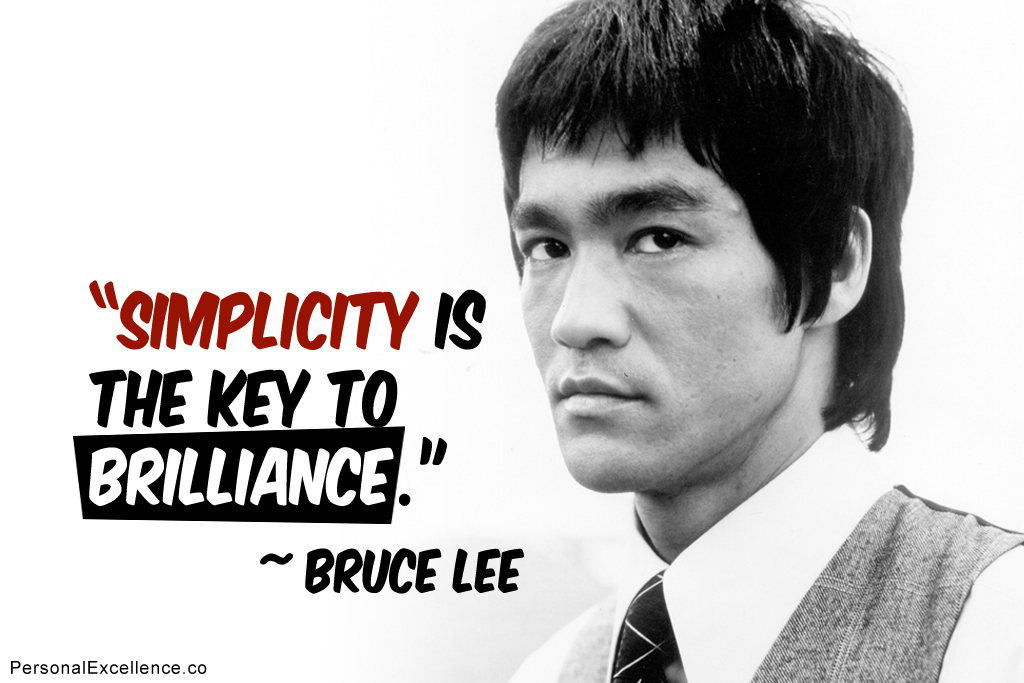HOME
The Natural Horseman – Bruce Lee

By Steve Stevens
Bruce Lee might have been the greatest horseman and nobody knows it.
Although I cannot find many pictures of Bruce Lee riding horses, his philosophies on life and martial arts transcend genres. And if you can read between the lines, his messages not only work in life and martial arts but also in horsemanship.
Bruce Lee was a pioneer of breaking stereotypes by teaching his ways—very guarded old world techniques—to outsiders while keeping his mind open to teach change.
That change and the never ending learning curve of life must always stay open. What we today call mixed martial arts, most popularly with the UFC, is athletes training in all aspects of the martial arts: boxing, Karate, Judo, Jiu Jitsu, and so on.
Bruce Lee went on a journey a little over 40 years ago to learn how to combine the best of all of those techniques to make a perfect artist.
Martial arts, like horsemanship, goes back thousands of years and is grounded in deep world traditions. So for Lee, to challenge that was no easy feat.
Each style of martial arts believed their way was better than the others and were stuck in a “my way or the highway” state of mind.
Lee was the first to start to break down those walls and today it is shown that one style can not defeat someone who has the knowledge of all of the styles.
I feel like this has a correlation with horsemanship. Although today, there are many starting to understand cross training techniques in horsemanship, there are still many stuck in old way traditions and styles. Being an advocate for the horse, I think Bruce Lee’s concept of taking the best from each world would be highly appreciated from our fellow horse and not getting stuck with one idea if it is not working.
He also talks a lot about using the technique that is the most simplistic, not the most beautiful or impressive, just the most simple. We have a tendency to miss the most basic and functional of techniques because we are too busy trying to show off.
Staying simple is the quickest way to create harmony with your horse.
He also talks a lot about finding truth in yourself, and if one can’t admit their fears, frustrations and motive, they are doomed to relive it over and over again. Does this sound familiar with horse training?
This could never be more pertinent than in regards to the horse because to me, he is the giver of truth. He knows all of your emotions, whether you choose to admit to them or not. The problem lies in when you can’t be honest with your emotions and your truth. It becomes hard to make a breakthrough in your training, your horsemanship and yourself.
The greatest trainers I have ever known had understood and maybe not put it this way, but that horsemanship is an art form and it is a never ending opportunity to learn about your horse and more importantly about yourself. Once you have quit learning, to me you have nothing left to offer the horse.
So those horsemen and horsewomen who work every day at striving to become better themselves will in turn be better for the horse. There is no finality to it. The learning will never end.
Bruce Lee believed that to be the best artist, you had to be one hundred percent truthful with yourself so you could live in the moment with no ego.
That is the only way you can react and see the full picture clearly with horses and life. Tough to do riding horses, but I think it should be the goal of all horsemen and horsewomen.
Horses are our greatest teacher and I can promise you that if Bruce Lee worked with horses he would be their greatest student.
From Bruce Lee’s handwritten essay entitled “Toward Personal Liberation (Jeet Kune Do),” circa 1971—-
A learned man once went to a Zen master to inquire about Zen. As the Zen master talked, the learned man would frequently interrupt him with remarks like, “Oh, yes, we have that too,” and so forth.
Finally the Zen master stopped talking and began to serve tea to the learned man; however, he kept on pouring and the tea cup over-flowed. “Enough! No more can go into the cup!” the learned man interrupted. “Indeed, I see,” answered the Zen master. “If you do not first empty your cup, how can you taste my cup of tea?”
HOME
Preparing Spring Gardens

By Hannah Claxton | Editor
The North Texas area is located within USDA Hardiness zones seven and eight. The zones are categorized by predicted low temperatures for winter and timing of the first and last frosts.
Zone seven usually has winter low temps between 0 and 10 degrees F with the average date of the first frost falling between Oct. 29 and Nov. 15 and the average date of the last frost falling between March 22 and April 3.
Overall, these two zones have similar climates and growing conditions, making the options for timing and variety within a garden very similar.
In these zones, cool-season crops should go in the ground in March, meaning that soil preparation should start now.
To read more, pick up a copy of the January edition of North Texas Farm & Ranch magazine, available digitally and in print. To subscribe by mail, call 940-872-5922.

HOME
Equine Vaccinations

By Heather Lloyd
Vaccinations are a critical component of maintaining the health and well-being of horses, especially in environments where they are exposed to other animals, such as in the sport, show and performance arenas. Horses, like all animals, are susceptible to various infectious diseases that can spread quickly and cause serious harm.
A routine vaccination schedule helps prevent the spread of these diseases by preparing the horse’s immune system.
To read more, pick up a copy of the November edition of North Texas Farm & Ranch magazine, available digitally and in print. To subscribe by mail, call 940-872-5922.

HOME
Wichita Falls Area Cattlewomen

Having herds on a controlled breeding schedule means that we have a predictable calving schedule, and while it’s only over a couple of months, for us it does fall right after the start of the year. I lobby annually to call ours the “Winter calving season”, but I am outvoted and my husband still refers to it as Spring. Unlike producers in our Northern States, we don’t have to contend with brutally harsh winter weather, and on those rare times we do, thankfully it is not for extended periods. Regardless of whether you have a Spring or a Fall calving schedule, the health of a newborn calf begins with the mother’s health, and the mother’s health is largely dependent on the producer.
To read more, pick up a copy of the November edition of North Texas Farm & Ranch magazine, available digitally and in print. To subscribe by mail, call 940-872-5922.

-

 Country Lifestyles2 years ago
Country Lifestyles2 years agoScott & Stacey Schumacher: A Growth Mindset
-

 Country Lifestyles8 years ago
Country Lifestyles8 years agoStyle Your Profile – What your style cowboy hat says about you and new trends in 2017
-

 HOME8 years ago
HOME8 years agoGrazing North Texas – Wilman Lovegrass
-

 Outdoor10 years ago
Outdoor10 years agoButtercup or Primrose?
-

 Country Lifestyles5 years ago
Country Lifestyles5 years agoAmber Crawford, Breakaway Roper
-

 Equine1 year ago
Equine1 year agoThe Will to Win
-

 Country Lifestyles9 years ago
Country Lifestyles9 years agoJune 2016 Profile – The man behind the mic: Bob Tallman
-

 Country Lifestyles8 years ago
Country Lifestyles8 years agoDecember 2016 Profile, Rusty Riddle – The Riddle Way





